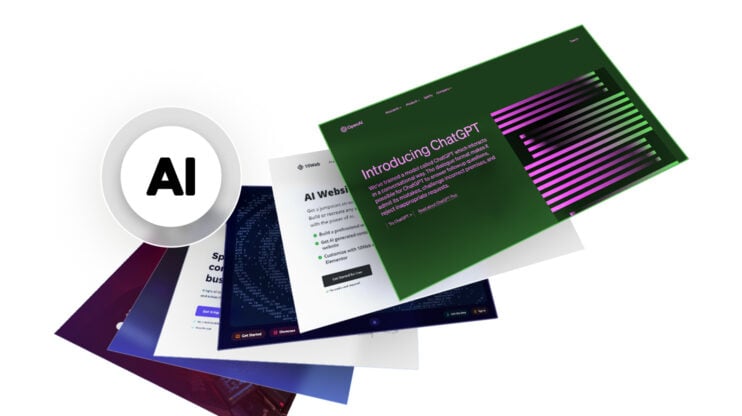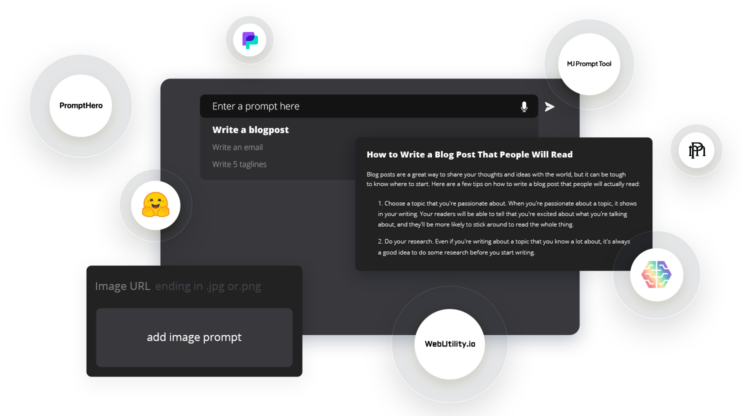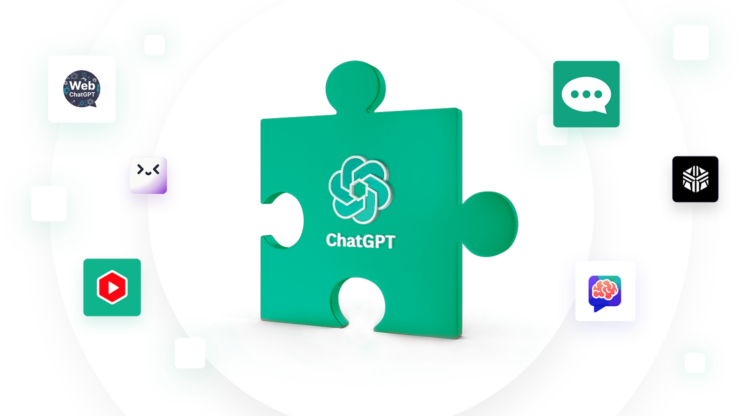The success of modern businesses depends on their ability to keep customers engaged with personalized experiences that speak directly to their individual needs and interests. The modern customer has ever-changing preferences. To satisfy these customers, brands are turning to AI personalization, a technology powered by artificial intelligence, machine learning, and natural language processing. With the new AI-powered personalization tools, brands are actively exploring how to increase customer satisfaction and engagement, boost loyalty, and ultimately drive sales.
In this article, we discuss the topic of AI-powered personalization and hyper-personalization. We’ll highlight some remarkable ways businesses use AI personalization across different industries. Additionally, we’ll explore some of the tools and tips businesses can use to level up their personalization game.
In This Article
What is AI personalization?
AI personalization refers to using AI technologies such as machine learning and deep learning to create curated and personalized experiences for users of a given product or service. Using personalization, brands aim for a better customer experience and satisfaction, which in return increases engagement, customer satisfaction, and conversion rates.
AI personalization refers to using AI technologies such as machine learning and deep learning to create curated and personalized experiences for users of a given product or service.
AI personalization leverages the ability of machine learning to ingest large amounts of data, analyze it and produce insights. Using this data, algorithms can establish patterns and behaviors and make predictions about customer preferences and interests. Some of the data you can use include browsing data, interactions, reviews, and feedback. With this data, machine learning tools can build different profiles that correspond to different user preferences.
Based on the insights, businesses can then customize their marketing messages, content, product offerings, and recommendations to appeal to the unique needs of each of their customers. AI personalization is used across different industries, including eCommerce, social media, entertainment, social media, and technology.
7 impressive applications and examples of AI personalization
AI-powered personalization has countless applications across different industries. In this section, we explore how brands use hyper-personalization AI and data from browsing, purchase histories, geographic location, online behaviors, demographic data, etc. to create experiences unique to individuals.
1. Product recommendation
The eCommerce market is highly competitive, with estimates stating that there are currently over 26 million eCommerce sites across the entire globe. For any business to survive in such a saturated market, it must tailor unique product offerings that attract customers, which is where recommendation systems come in.
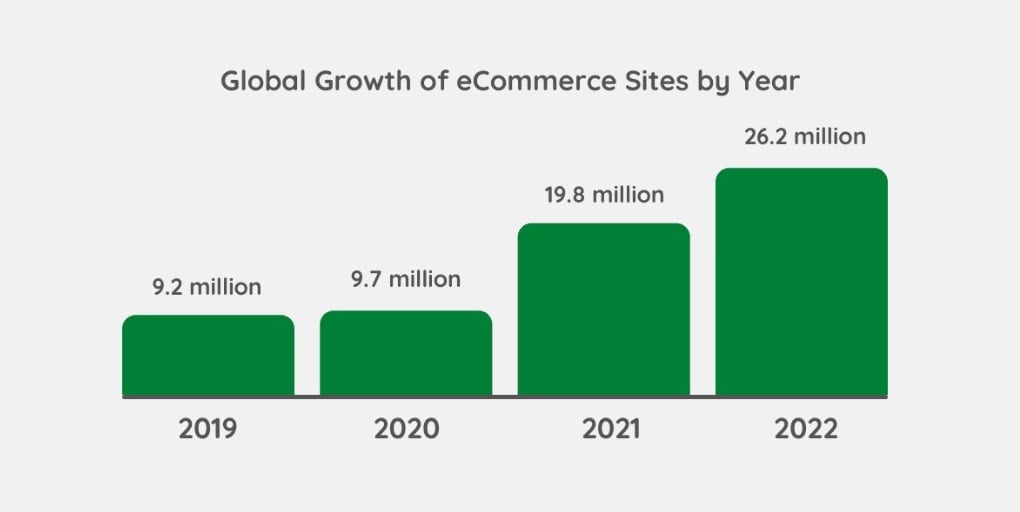
AI personalization in eCommerce is a perfect example of how AI has revolutionalized an entire industry. With the advent of AI-powered personalization, brands are moving away from the traditional rule-based recommendation systems that have been successful in the past. Traditional recommender systems are inflexible and assume customer preferences remain unchanged over time. They also have limited ability to handle data and complex relationships.
Using modern machine-learning capabilities, brands can now analyze various data points and recommend products a particular user will likely buy. For instance, brands can recommend products based on ratings and reviews, engagement, purchase history, similar customers, demographic data, or based on seasonal trends.
Many notable brands have already adopted AI personalization in eCommerce. For instance, Amazon, an American multinational e-commerce platform, leverages Amazon Personalize, an ML-based recommendation system, to reduce abandoned carts by recommending products to users based on their preferences.
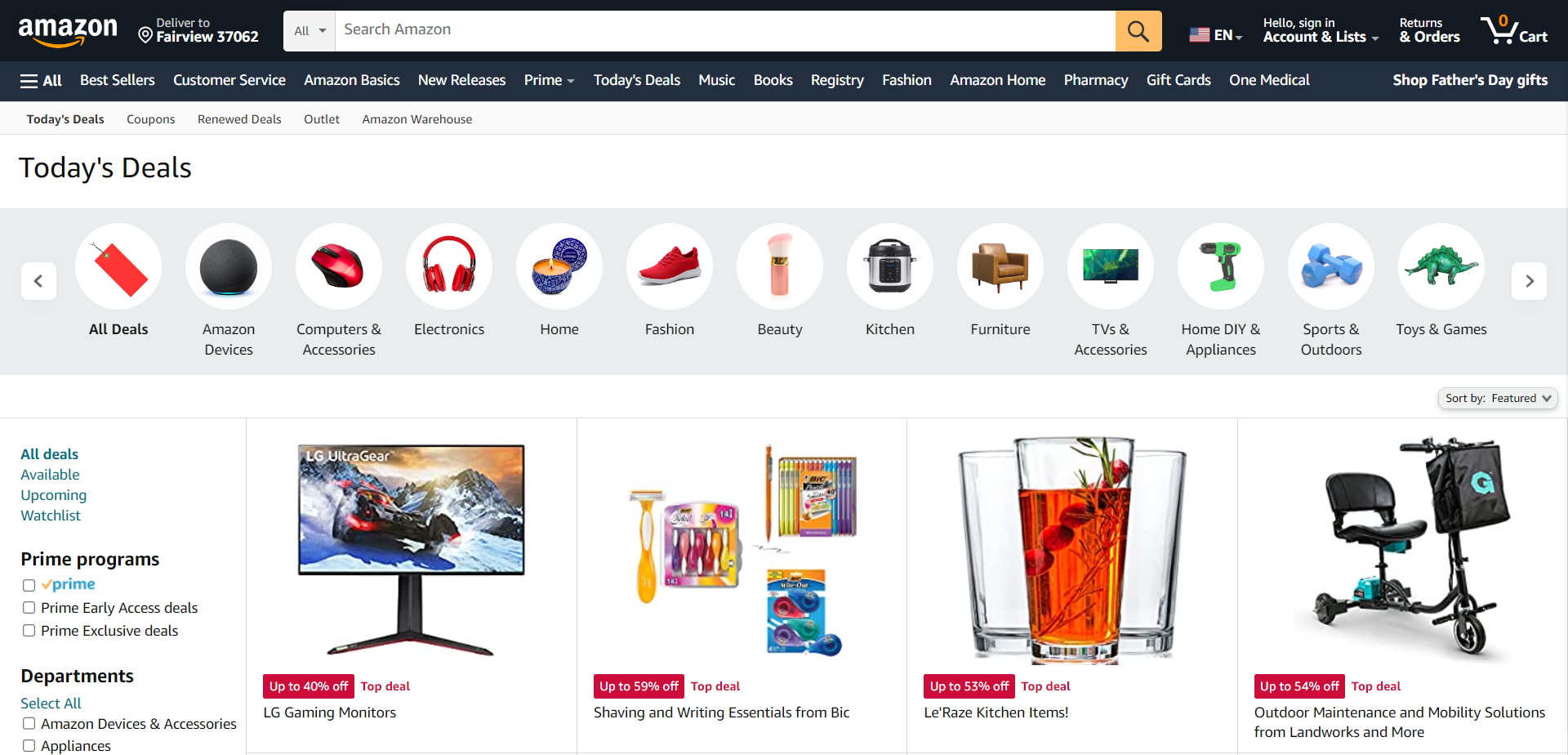
2. AI personalization in ad-targeting
Customers are often bombarded with thousands of ads on web browsers and across social media platforms like Facebook. Sometimes these ads become annoying and creepy, pushing users to look for ways to avoid seeing them on their platforms. However, studies suggest that showing users ads that align with their interests is more likely to get them to take action.
Using AI, brands can analyze customer data, such as purchasing history, social media activity, location, demographic data, and other details to create personalized ads. A personalized advertising campaign is more likely to resonate with your audience, boosting engagement and conversion rates. Other metrics that brands can use to create more targeted ads include social posts, comments, likes, and shares.
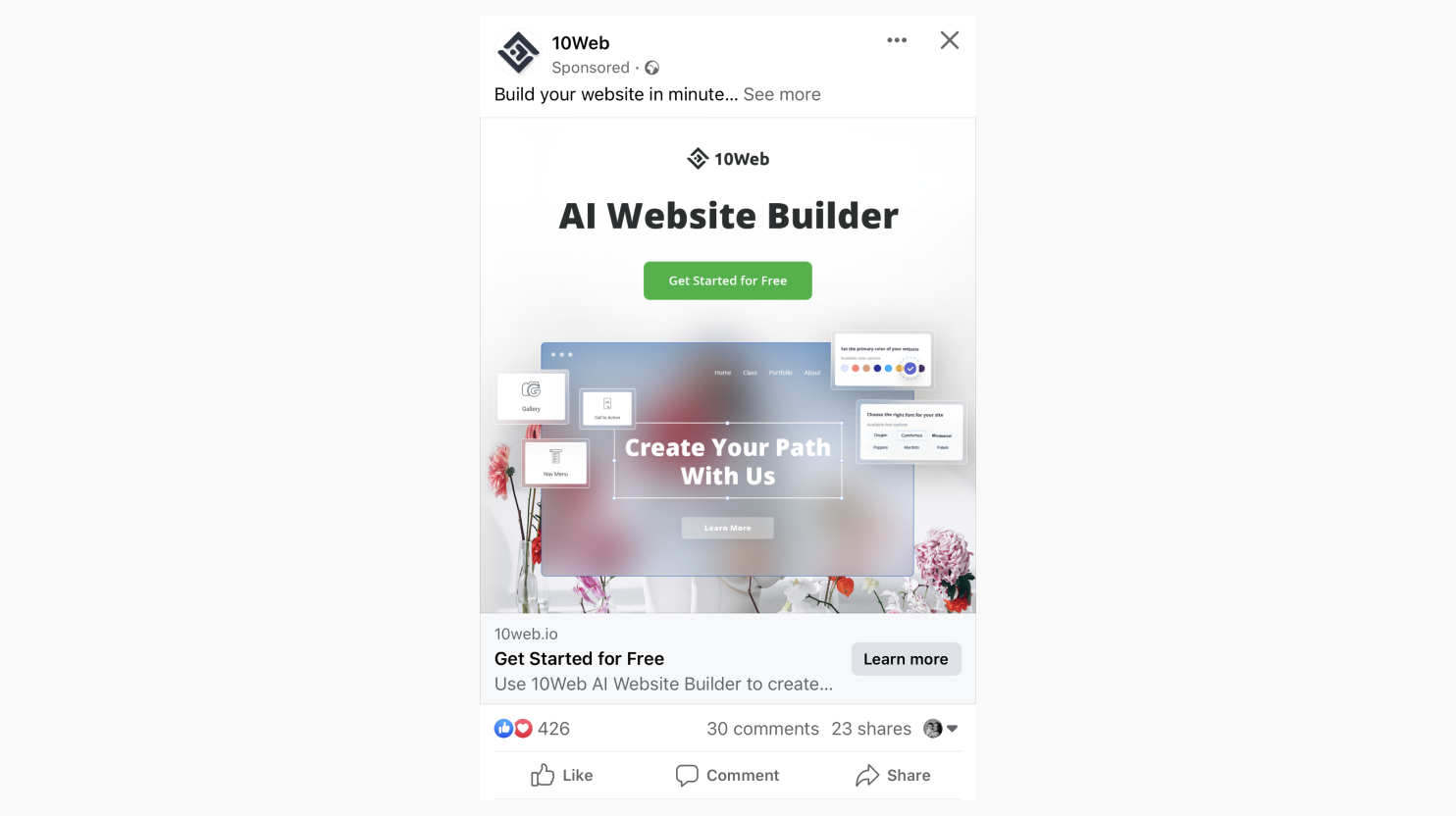
Facebook is one of the companies that have an AI-powered ad targeting system that allows companies to target different audiences based on their traits. Some of the possible forms of targeting with Facebook ads include:
- location-based targeting,
- interest-based,
- behavior-based,
- job title,
- education level,
- political views,
- connections,
- targeting based on demographics.
For instance, a user who constantly shares information about clothing is more likely to be interested in ads showing clothes.
Facebook is the leading ad-targeting platform, with over 2 billion active users and thousands of data points. With ad targeting, brands can narrow down their ad audience and increase response rates.
3. AI content personalization
Most brands spend a big budget on SEO and content marketing to build a loyal audience. However, all these efforts and resources can be in vain if you keep showing your users generic content they don’t want to see. Using AI content personalization, brands can now improve reach by showing users the content they want to see when they want to see it. AI content personalization involves using machine learning to analyze data and determine the type of content that resonates best with a given audience.
Some data points you can leverage to personalize content include:
- location,
- gender,
- browsing history,
- social media engagements,
- app usage,
- user-generated content such as reviews,
- third-party sources, and more.
Many brands have found AI content personalization a great tool to engage customers and keep them returning to their sites. Warner Bros. Discovery, a premier global media and entertainment company, has succeeded with AI content personalization.
Using Amazon AI Personalize Warner Bros. Discovery has customized movie and show recommendations for unauthenticated users. According to their VP of Architecture, Don Browning, the company saw a 14% increase in user engagement and a 12% increase in cross-brand engagement since implementing content personalization.

Another example of an AI-powered personalization use case is Spotify, a digital music, podcast, and video platform. Spotify uses user data such as listening history, search queries, and user-generated playlists to curate playlists that suit every user’s individual taste of music.

Through content personalization, Spotify can keep users engaged on the platform for a long time, increasing revenues.
4. Dynamic pricing
Dynamic pricing is a pricing strategy that involves adjusting the price of a service or product based on certain factors. AI personalization can play a crucial role in making pricing decisions. Using machine learning, brands can analyze huge amounts of data about various aspects and make informed price changes in real time.
Unlike traditional dynamic pricing, which relies on historical data, dynamic pricing considers many parameters by leveraging the power of AI.
Some of the data leveraged by dynamic pricing algorithms includes market trends, production costs, competitor prices, location, demographic data, and customer purchase behaviors.
There are many industries where dynamic pricing is typical, including the airline, eCommerce, hospitality, utility, and retail industries.
One familiar brand that uses dynamic pricing is Uber, a tech company offering mobility services. Using the Uber app, passengers can hail a ride and pay a fee to the drivers to get to where they want. When you request an Uber ride on a Friday evening, you’d realize that the prices aren’t the same as on an ordinary Tuesday.

Uber uses a machine learning-powered surge pricing algorithm to determine pricing during peak hours. The algorithm recommends reasonable prices based on geolocation data, and demand forecasting to position drivers more appropriately, increasing customer satisfaction and profits.
Another example of dynamic pricing is in the airline industry, where the price of tickets changes depending on the time of the year, the popularity of the route, the number of seats left, and competition. For instance, on the flights below at Delta Airlines from JFK in Newyork to London Heathrow, the prices are slightly higher for flights leaving JFK at 9:30 pm compared to those leaving at 8:30 pm on a certain Friday.
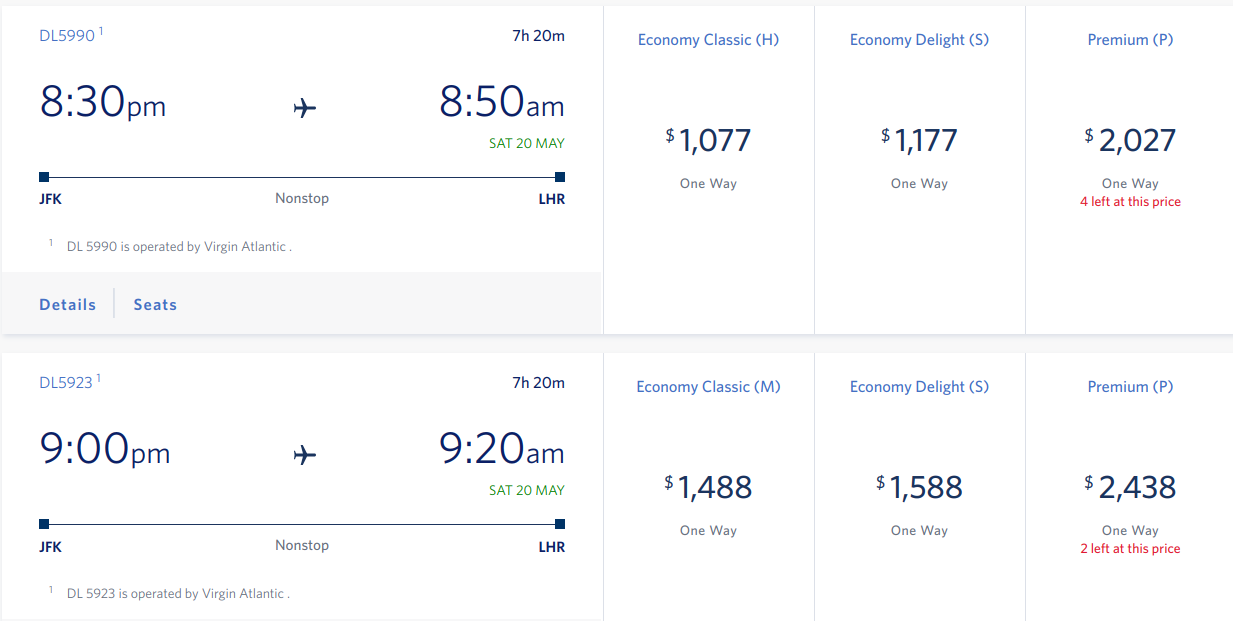
Through AI-powered personalization in dynamic pricing, airlines can maximize profit, reduce churn rate, improve customer experience, and remain competitive.
5. Personalized messaging and emails
Modern customers are smarter and savvier and can easily know when you’re bombarding them with irrelevant messages that add no value. Brands must personalize their messaging or risk being labeled as spam and an audience and potential leads as a result.
To personalize communication, businesses need to understand their customers and audiences by evaluating different data points.
A hyper-personalization AI is a form of personalization that enables brands to use real-time data to take their communication and marketing game to the next level.
Through hyper-personalization AI, brands can meaningfully engage with their customer through highly curated and contextual communication sent to the right audience at the right time. Personalized communication establishes trust, deepens relationships, and increases the willingness of customers to spend on your products.
Hypersonalization of AI and profiling customers into different personas goes beyond segmentation when communicating via email. Instead, the focus is on delivering individualized experiences businesses can apply throughout the customer journey.
Spotify is one of the notable brands using personalized communication in email communication. At the end of the year, Spotify sends a “Wrapped” review of every user’s listening habits, including their most listened-to-artist songs and genres of the year. The “Wrapped” review is a perfect example of how brands can use AI personalization to analyze user data and provide personalized communication and experiences.

Such personalized emails give users a sense of inclusivity, encouraging them to continue using your product.
6. AI personalization in dynamic websites
With most customers now relying on online information to make purchase decisions, businesses need to have a credible website to create brand awareness and establish credibility. AI website builders such as 10Web AI Website Builder can help you with this. 10Web AI Website Builder leverages AI to automatically generate a website with unique content and images tailored to your business needs.
Get a head start on website creation with AI
Create a custom website tailored to your business needs 10X faster with 10Web AI Website Builder!
To provide a better and more personalized user experience, websites also need to be dynamic. Unlike static sites, dynamic sites change content after every user interaction or input. Through dynamic websites, users can also perform functions such as shopping, real-time chatting, and content sharing, functionalities not achievable through static sites.
Using AI personalization, businesses such as eCommerce platforms can show users more relevant content based on data. This data can include a user’s past browsing, activity, location, and age, among other factors.
Nike is among the most popular brands in the world that leverage AI-powered personalization to show users of their platforms products they’re more likely to be interested in. For example, if you have previously shopped for running shoes, Nike is more likely to recommend those to you.
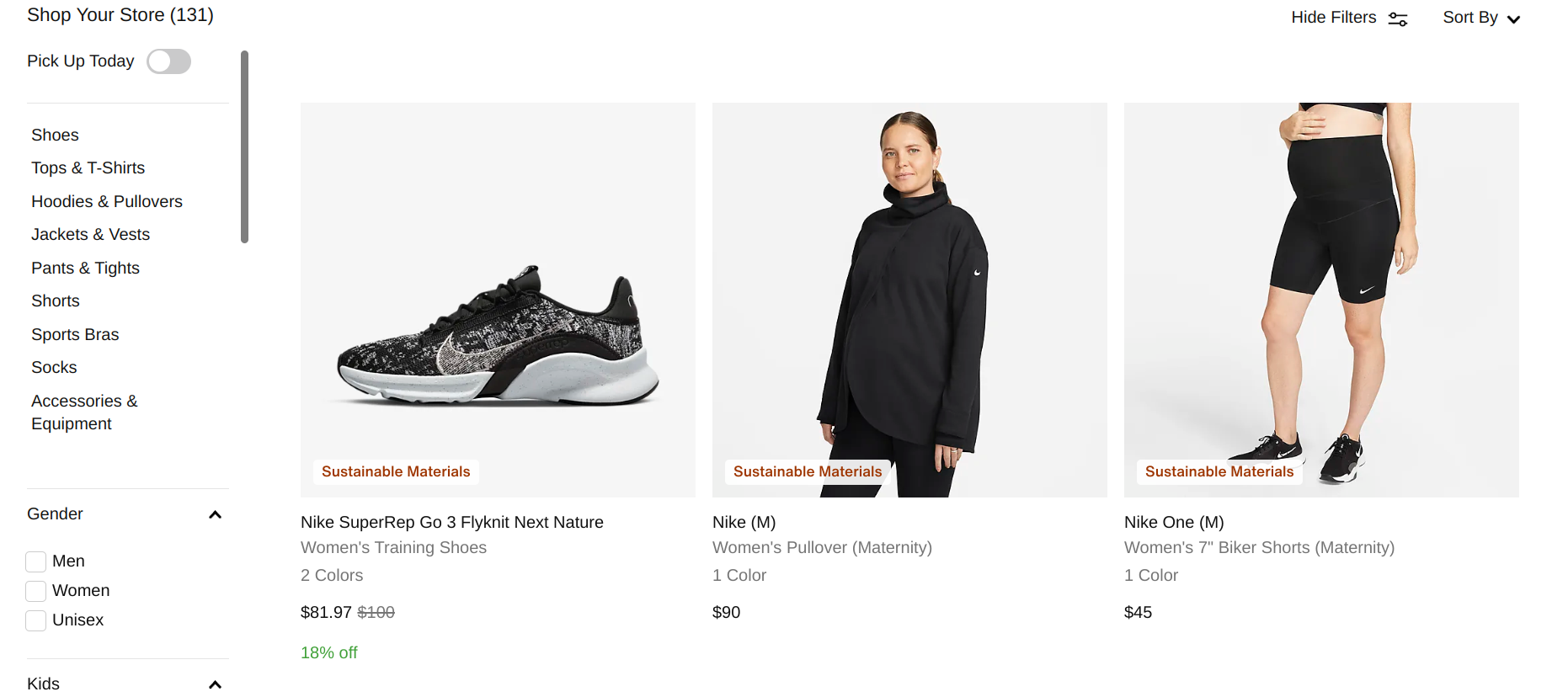
Through the dynamic nature of its website, Nike is more likely to improve customer experience and satisfaction.
7. Personalized AI-powered chatbots
Chatbots have evolved exponentially in the past, from simple rule-based applications to efficient support systems that offer excellent customer support. The new chatbots are not only AI-powered but also have the ability to understand customer queries and create personalized responses. Here is how personalization works in chatbots.
- Chatbots use Natural Language Processing to understand and interpret queries and respond appropriately.
- Chatbots now have contextual understanding and can recall past conversions providing a more personal experience.
- Using user data such as past purchase history, preferences, past interactions, and other relevant data chatbots create an individual user profile that matches individual unique characteristics.
- Continuous learning and adaptation: Chatbots learn in real time as they interact with users and adjust their preferences accordingly, providing a more personalized experience.
- Using machine learning algorithms, chatbots can analyze huge amounts of data and identify trends and patterns in user behavior.
Through personalized chatbots, brands can enhance customer experience, increase engagement, provide proactive support, collect valuable data, and provide 24/7 support.
5 tools and tips to level up your AI personalization game
1. Personalize AI
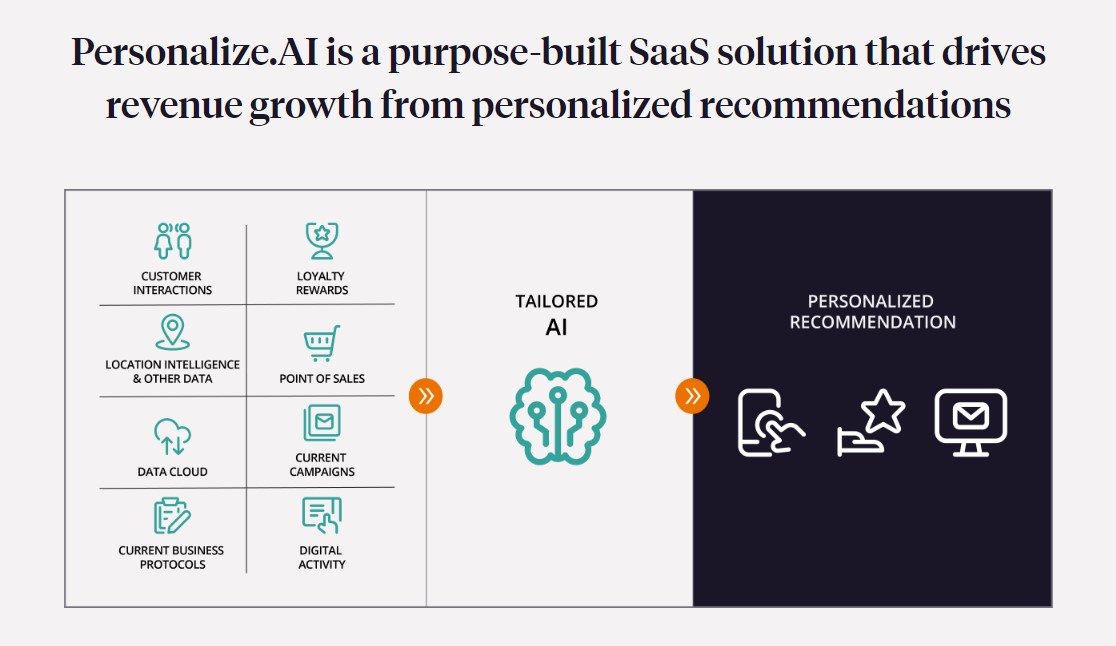
Personalize is an AI-powered personalization tool that enables businesses to discover products that their customers are most interested in. Keeping track of user interests that change daily can be challenging for businesses. With Personalize’s AI engine, you can get real-time analytics on user behaviors.
Based on these analytics, businesses can identify what each customer is interested in at any given moment, allowing them to promote the right products and services. Personalize also allows businesses to send dynamic email content their customers care about.
According to Personalize, personalized emails have a 56.7% higher click rate than emails not personalized.
Suppose you have an existing CRM or email marketing platform. In that case, Personalize allows you to integrate with the existing platforms and provides the data you need to personalize your marketing campaigns. Using Personalize, brands can gain insights to personalize their marketing plans, increase campaign rates, and drive more revenue.
Pricing
You can ask for a demo on their website to get details about pricing.
2. Dynamic Yield
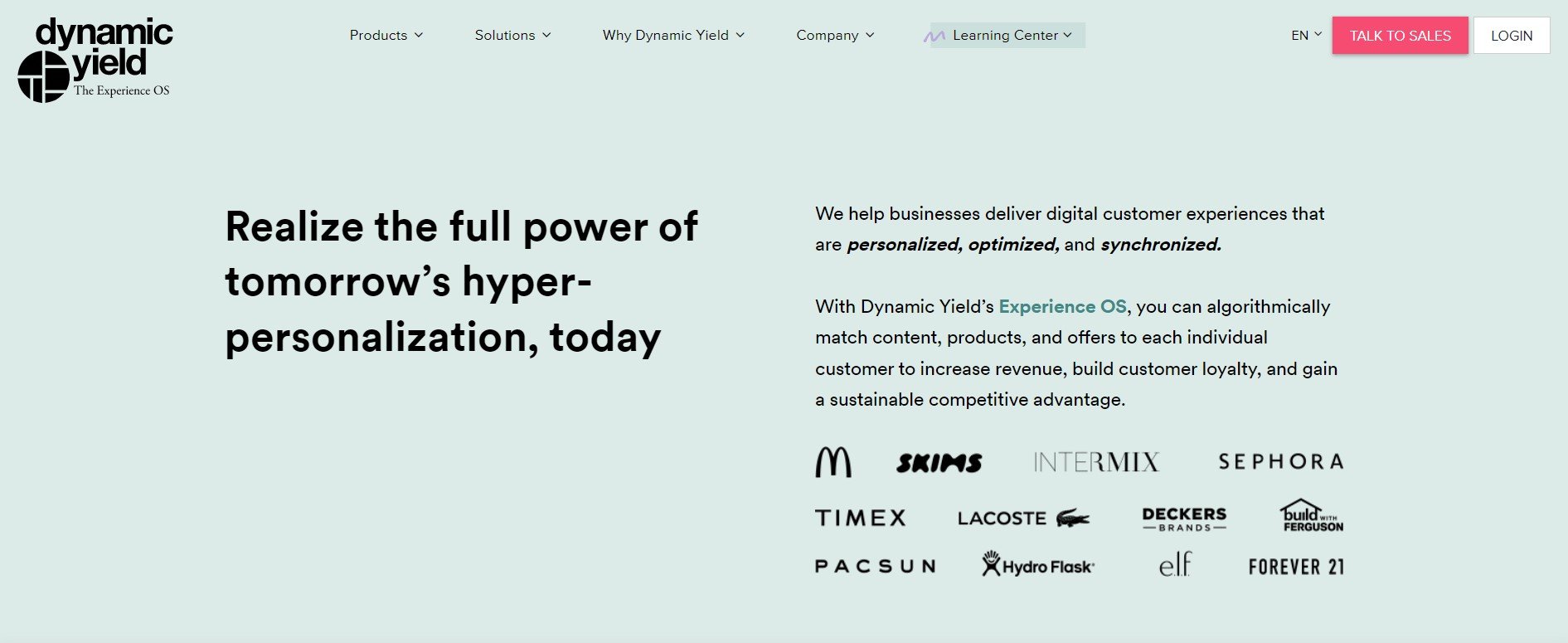
An advanced all-in-one omnichannel personalization and experimentation platform that enables businesses to deliver optimal user experience across mobile, web, email, and ads by personalizing every user interaction. Whether your business is in the eCommerce, gaming, media, financial services, or food industry, Dynamic Yield has a solution to help your business elevate its user experience through personalization.
Its key features include:
- Ability to transform static content elements such as hero banners, calls-to-action buttons, promotional areas, and product listing pages to personalized elements.
- Automated content personalization at scale using machine learning algorithms to select what is best for every user.
- A feature that allows you to define event-based triggered messages, emails, and push notifications through rule-based triggers.
- Testing and optimization capabilities on every single element, allowing you to maximize performance.
- Predictive targeting using AI for deeper personalization.
- An advanced targeting rule builder allows you to target customers based on location, weather, business rules, characteristics, and context, among other factors.
Pricing
You can ask for a demo on their website to get details about pricing.
3. Intellimize
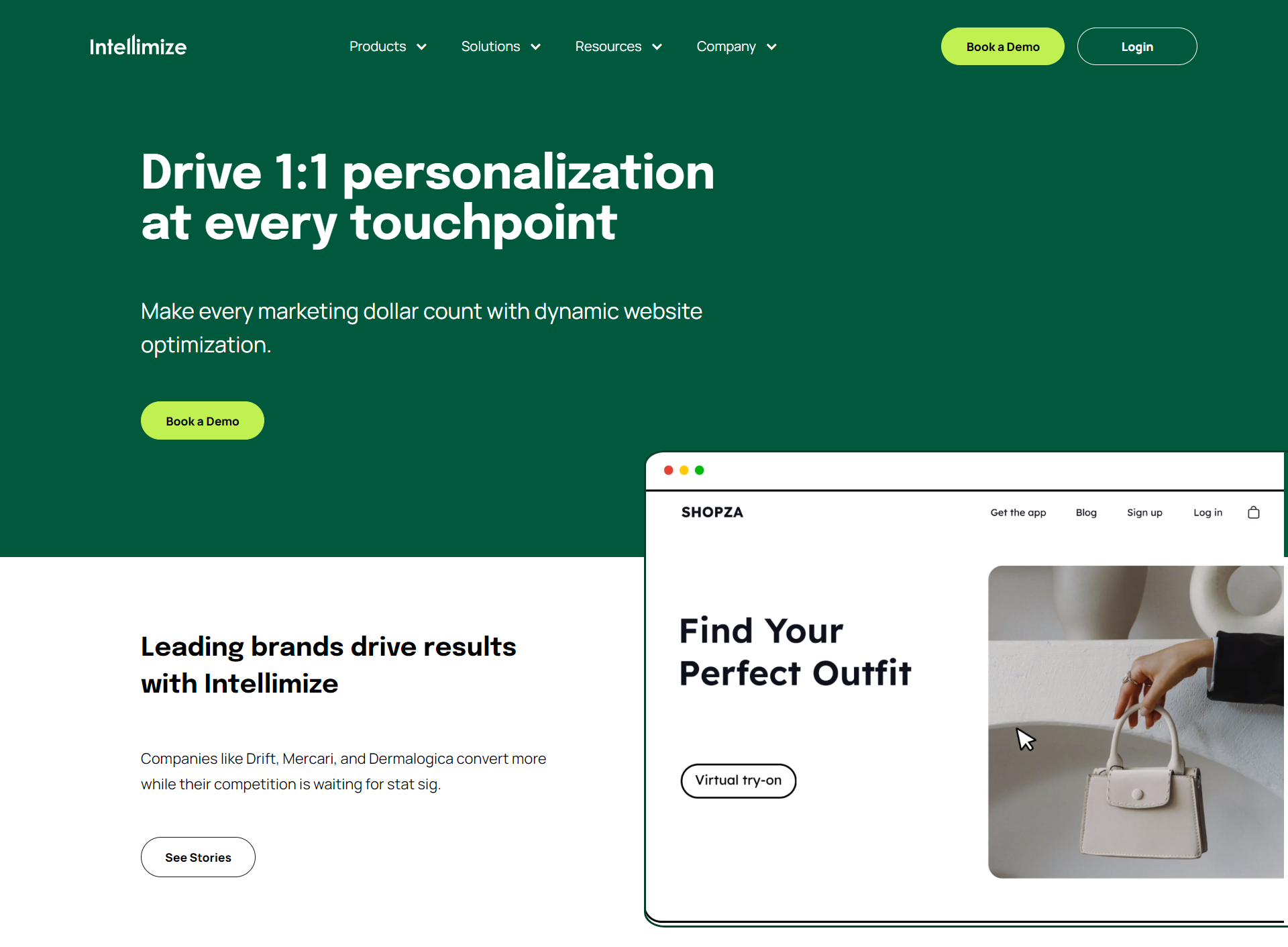
Intellimize is an AI-powered tool that helps companies move away from traditional methods to new dynamic personalization and advanced optimization capabilities. Using the Intellimize editor, you can easily create and experiment with websites to personalize and test various elements of your website.
You can also set optimization goals across your entire website and specific pages with Intellimize. Marketers can use these goals to drive valuable page-level engagements that align with business objectives. Using Intellimize CRO, marketers can hypothesize and run tests more rapidly, even as they personalize at scale.
The new Intellimize testing approach allows marketers to test their ideas confidently. Unlike the dated approaches, such as A/B testing and multivariates testing, the new approach enables marketers to start and stop testing simultaneously without impacting results. Intellimize also allows brands to get insights about their audience faster, allowing them to create better experiences for their known and unknown visitors.
Pricing
You can book a demo on the Intellimize website to get details about pricing.
4. Adobe Target
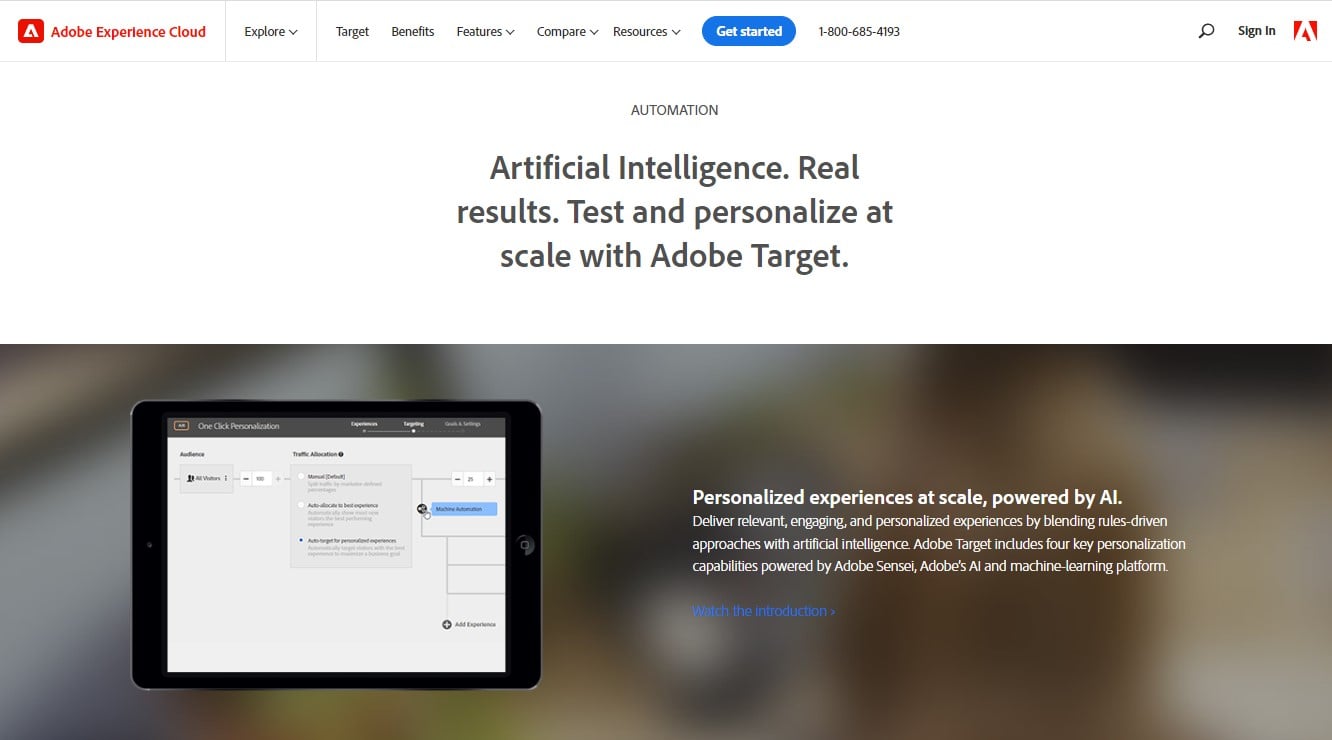
Adobe Target is a leading automated personalization platform that enables brands to deliver engaging and personalized user experiences. Adobe Sensei, a leading AI and ML technology by Adobe, powers Adobe Target. Some of the notable features of Adobe Target include
- One-click personalization: this leverages the power of AI to analyze every bit of data about your users and deliver a personalized experience to each one of them.
- Ability to run A/B, multivariate, and multi-armed bandit tests everywhere your customer connects with your brand. For instance, with A/B testing, you can test the whole experience, including images and UI, to find the best experience. With multivariate testing, you can test multiple elements simultaneously to find those that offer the best experience.
- Single-page application optimization allows you to personalize the user experience in single-page applications.
- Mobile optimization enables you to create unique experiences on mobile devices.
Pricing
You can book a demo on Adobe Target’s website to get details about pricing.
5. Monetate
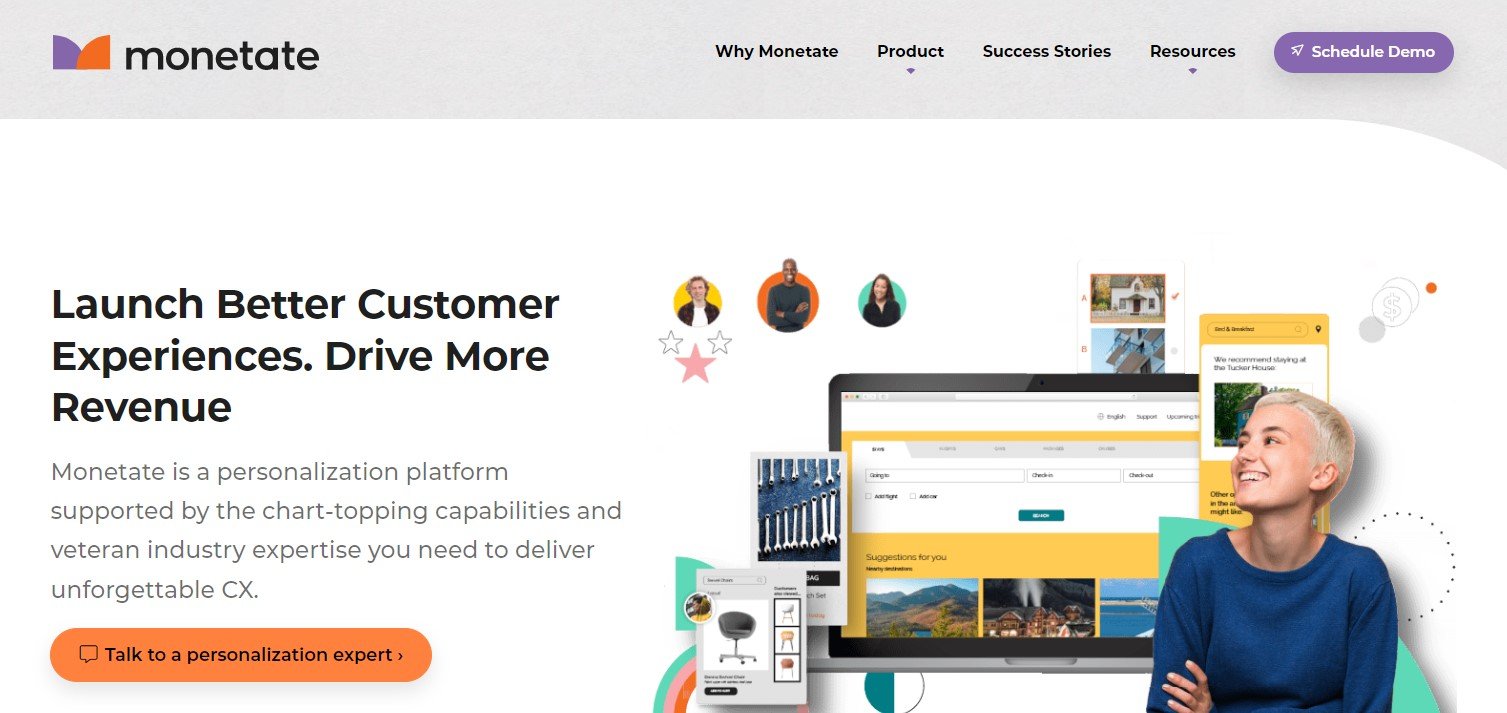
Monetate is a leading all-in-one personalization platform that enables brands to personalize the digital experience of users. With Monetate, brands can now accurately predict the intent and needs of users and provide personalized experiences at every click. The automated and user-friendly nature of the platform guarantees that marketers don’t spend all their valuable time creating customer profiles.
Other key features include:
- 1-to-1 personalization using the power of machine learning to analyze contextual and behavioral data. Monetate allows you to provide individualized experiences through your customer journey in real-time.
- Segmentation and targeting feature allows businesses to identify groups of users to send particular messaging to provide the best experience.
- Personalized search and shipping experience for your users using tools that consider keywords, business rules, and more.
- Real-time analytics about your audience provide insights that allow you to develop an understanding of your customer behavior.
- Merchandise-friendly and intuitive dashboards that enable brands to provide precise product recommendations.
Pricing
You can book a demo on Monetate’s website to get details about pricing.
Tips to level up your AI personalization game
- Collect as much data as possible: Without data, it’s virtually impossible to understand your users. Therefore, businesses should collect data from disparate sources such as social media, browsing, behaviors, etc. Once this data is collated, analyze it to gain insights into your customer’s preferences.
- Test and optimize continuously: Personalization isn’t a one-off process. It is a continuous process that requires testing and adjustment. Using methods such as A/B testing provided by some of the tools we’ve discussed, you can measure the impact of your strategies and adjust accordingly.
- Leverage machine learning tools: Machine learning tools can analyze huge amounts of data and automate some of the processes, such as testing involve in personalization.
- Listen to customer feedback: While using data to understand customer needs in key-in personalization, it shouldn’t be a substitute for customer feedback. You can also use customer feedback to personalize the user experience and needs.
- Use predictive analytics to analyze data and anticipate customer needs. Using past trends and behavior, you can ensure you’re always ready to meet new customer needs.
Conclusion
Personalization is a powerful technique that businesses can leverage for growth. However, AI has revolutionized personalization and how businesses engage with their customers. Using the power of AI personalization, businesses can now deliver hyper-personalized experiences, increase customer satisfaction, and drive revenue growth. From personalized messaging, content, ads, recommendations, and AI-powered chatbots, AI applications keep growing by the day. However, before implementing AI personalization, businesses need to have a clear goal and be conscious of any ethical implications.
FAQ
Are there any risks in AI personalization marketing?
Can personalization scare potential customers?
How can I measure the effectiveness of my AI personalization efforts?
Get a head start on website creation with AI
Create a custom website tailored to your business needs 10X faster with 10Web AI Website Builder!











